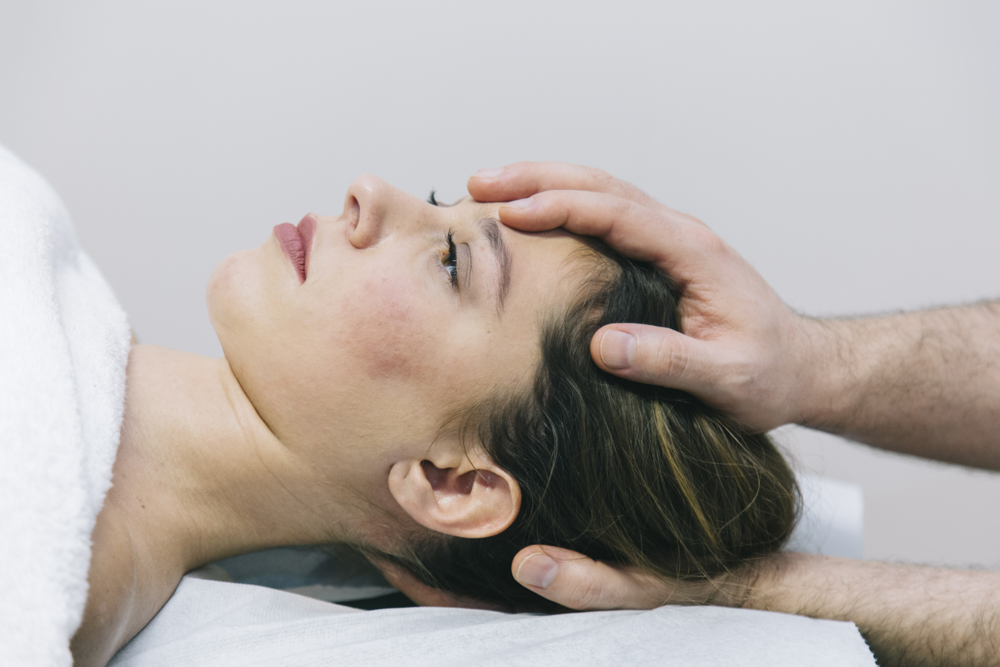Osteopathic science is a holistic evaluation and treatment system that recognizes problems and dysfunctions in human structure, and aims to address and correct them. Osteopathy is based primarily on the biomechanical function of the human body through the nervous and musculoskeletal system, focusing in particular on body structural problems and diseases resulting from mechanical imbalances.
Other systems such as gastrointestinal, cardiovascular, pulmonary, endocrine, reproductive and urinary tract also play an important role. The most important feature of Osteopathy is that it understands the complexity of the human structure and perceives the patient as a whole. This means that it takes into account not only the physical part of the problem but alsothe chemical (biochemical) and the emotional (psychological).
The principles governing Osteopathy are:
- The body is a whole.
- Construction and operation are interconnected.
- The body has self-regulating mechanisms.
- The body has the innate ability to defend and to repair itself.
- When normal adaptability is interrupted or when environmental changes outweigh the ability of the body to self-sustain, then ideal conditions for diseases to appear are created.
- Movement of body fluids is essential for maintaining health.
- The nervous system is a vital factor in the control of body fluids.

There are physical elements in the disease that are not only manifestations of the disease but also the factors that contribute to the sustenance of the disease. Osteopathy is not an alternative to conventional medical treatment, but an independent discipline that gives the patient invaluable help with the real potential of healing.Osteopathy either supplementary or alternative with other health care fields, deals with the study of the dynamic influences and deviations in the body, as much in the musculoskeletal as in the intestinal area. It is divided into Structural, Visceral and Cranial Osteopathy.
Structural Osteopathy
Structural Osteopathy is primarily based on the nervous and musculoskeletal system. It focuses particularly on body structural problems and in problems resulting from mechanical imbalances.
Visceral Osteopathy
Visceral Osteopathy works with the internal organs and the intestine of the body. It is also called “functional osteopathy”, as it focuses on organ function, as opposed to cranial or structural osteopathy which concentrates on the skeleton and muscles. As in cranial osteopathy, the basic principles are looking for the causes of restricted mobility and chiropractic correction.
With gentle movements and soft manipulations, the osteopath guides his hands to the problem areas, pursuing to “unblock” and release the tissues in order to relieve the patients’ symptoms.
Indications:
- Digestive disorders
- Respiratory problems
- Circulatory disorders
- Gynaecological and Urinary tract disorders
- Muscular pain
- Cramps
Cranial Osteopathy
Cranial osteopathy deals exclusively with the head. Although the skull does not have any joints, apart from that of the jaw, the principles of Osteopathy can be applied to it using specific techniques. According to Sutherland, the founder of Osteopathy, “the slight plasticity of the skull bones leads to movement restriction”, a reason that might be responsible for the creation of various problems.
The osteopath applies gentle pressure and with certain rhythm, in particular areas of the patients’ skull. Sometimes the osteopath may use the same technique on the central bone of the pelvis at the base of the spinal column, releasing or rather “unblocking” the ligaments.
Indications:
- Otitis
- Migraines
- Dizziness
- For babies that have endured a difficult birth and suffer from specific tension, lesions or paralysis.
- Headaches
- Vertigo
- Injuries


